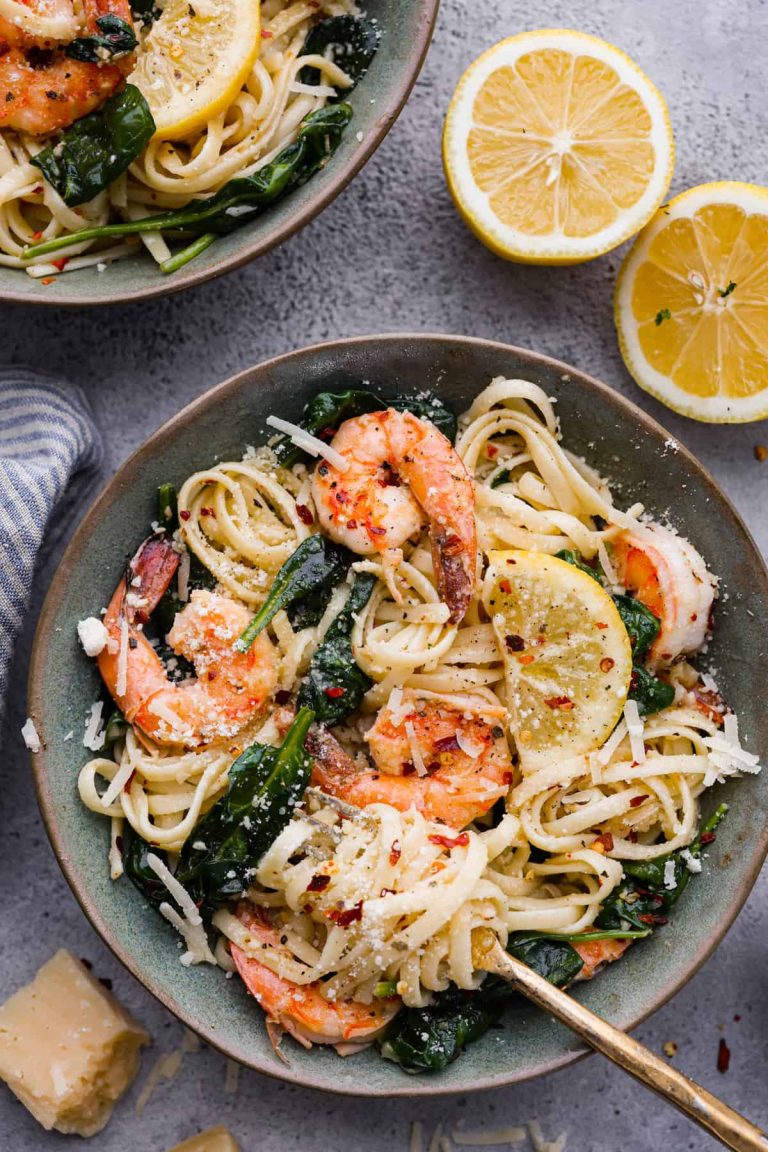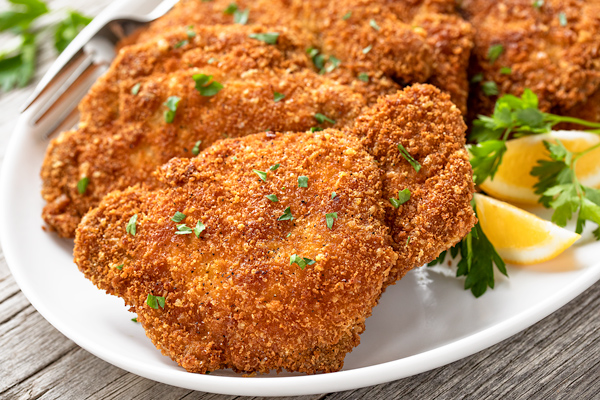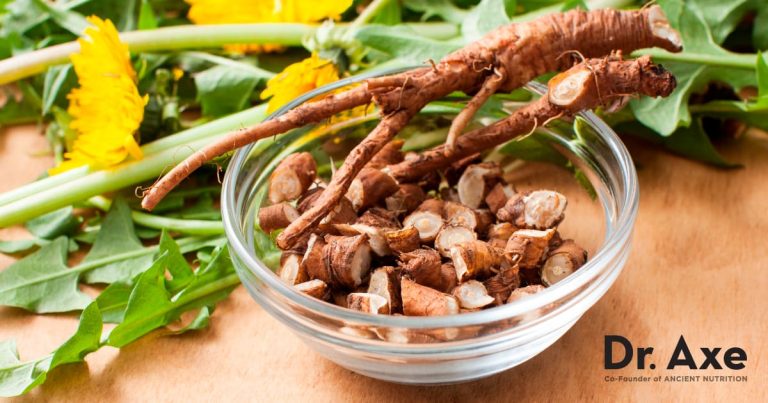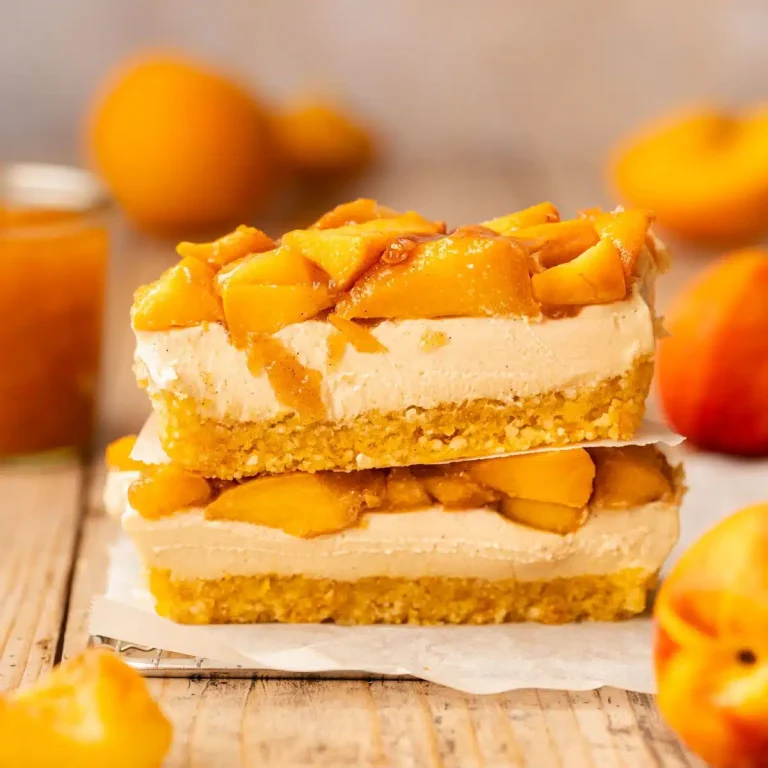Mango Pineapple Chutney: Recipe, Benefits, and Serving Ideas
Mango pineapple chutney traces its origins to Indian cuisine, where chutneys have been a staple for centuries. Indian chutneys traditionally contain a mixture of fruits, spices, and vinegar, balancing sweet, tart, and spicy flavors. This ancient practice traveled globally during the colonial era, enriching culinary traditions in various regions. For example, British explorers brought chutneys back to England, integrating them into Western gastronomy. The combination of mango and pineapple later emerged, influenced by the availability of tropical fruits in different parts of the world.
Cultural Variations
You can find numerous variations of mango pineapple chutney across countries, reflecting local tastes and ingredient availability. In India, regional recipes may include ingredients like ginger, tamarind, and mustard seeds. Caribbean versions often feature hot peppers and allspice, adding heat to the sweetness. In Thailand, chutneys might incorporate fish sauce and lime juice, offering a tangy twist. North American recipes tend to be milder, focusing on the natural sweetness of the fruits, occasionally with added spices like cinnamon and cloves.
Ingredients and Preparation
Essential Ingredients
For the best mango pineapple chutney, you need a mix of sweet, tangy, and spicy elements. Key ingredients include:
- Mangoes: Choose ripe yet firm mangoes (2 cups, diced) for sweetness and texture.
- Pineapple: Fresh pineapple (2 cups, chopped) adds a tangy contrast to the mangoes.
- Onion: Finely chopped onion (1/2 cup) contributes a mild bite.
- Ginger: Minced fresh ginger (2 tablespoons) offers a warm, spicy note.
- Garlic: Minced garlic (1 tablespoon) enhances the chutney’s depth.
- Vinegar: Apple cider vinegar (1/2 cup) balances the sweetness with acidity.
- Sugar: Brown sugar (1/2 cup) sweetens and thickens the chutney.
- Spices: Ground cumin (1 teaspoon), ground coriander (1 teaspoon), and red chili flakes (1 teaspoon) add complexity and heat.
- Salt: Use to taste.
- Prepare Ingredients: Dice the mangoes and pineapple, finely chop the onion, mince the ginger and garlic.
- Cook Base: In a large pot, combine the chopped onion, minced ginger, minced garlic with a little oil. Sauté until the onions turn translucent.
- Add Fruits: Mix in the diced mangoes and chopped pineapple. Stir to combine with the cooked onion mixture.
- Incorporate Spices: Add the ground cumin, ground coriander, and red chili flakes. Stir well to evenly distribute the spices.
- Sweeten and Balance: Pour in the apple cider vinegar and brown sugar. Stir thoroughly and bring the mixture to a gentle boil.
- Simmer: Reduce the heat and let the chutney simmer for 45 minutes, stirring occasionally, until it thickens and the fruits become tender.
- Season: Taste and adjust salt levels as needed. If the chutney is too thick, add a bit of water.
- Cool and Store: Let the chutney cool before transferring it to sterilized jars. Store in the refrigerator for up to 2 weeks.
Nutritional Benefits of Mango Pineapple Chutney
Health-Boosting Components
Mango pineapple chutney contains health-boosting components that offer various nutritional benefits. Mangos pack vitamins A, C, and E which support immune function and skin health. Pineapples provide bromelain, aiding digestion and reducing inflammation. Ginger in the chutney has anti-inflammatory and antioxidant properties. Spices like turmeric offer additional anti-inflammatory benefits, while chilies can boost metabolism. These components combine to create a chutney that’s nutritious and flavorful.
Dietary Considerations
When consuming mango pineapple chutney, consider its sugar content which can be moderate due to natural sugars from fruits. This chutney can be beneficial if you’re seeking gluten-free or vegan options. Mangoes and pineapples are low in fat and cholesterol. However, portion control is important if you’re managing sugar intake or adhering to a low-sugar diet. Opt for chutneys that include minimal added sugars or make your chutney to control ingredients.
Serving Suggestions for Mango Pineapple Chutney
Complementary Pairings
Mango pineapple chutney pairs well with various dishes. It enhances grilled meats like chicken or pork, adding a sweet and tangy flavor. Serve it with cheese boards featuring aged cheddar, brie, or goat cheese. Combine chutney with rice dishes such as biryani or pilaf for an exotic twist. Include it in sandwiches and wraps for a tropical burst. Pair chutney with roasted vegetables, including bell peppers, zucchini, and sweet potatoes. Use it as a dip for snacks like tortilla chips or crudités.
Creative Recipes
Incorporate mango pineapple chutney into creative dishes. Top your pizza with chutney, caramelized onions, and fresh mozzarella for a unique taste. Mix chutney into yogurt or mayonnaise to create a flavorful dip or spread. Stir it into stir-fries, combining it with vegetables and protein like tofu for a quick meal. Add chutney to curry dishes, blending it with coconut milk and spices for added depth. Use chutney as a glaze for baked salmon or chicken, brushing it on halfway through cooking.
Conclusion
Mango pineapple chutney isn’t just a delightful addition to your culinary repertoire; it’s a versatile condiment that brings a burst of flavor to a variety of dishes. Whether you’re looking to enhance grilled meats, elevate a cheese board, or add a unique twist to everyday meals, this chutney offers endless possibilities. Its blend of sweet, tangy, and spicy notes ensures it stands out, making every bite memorable. Plus, with its nutritional benefits and suitability for various diets, you can enjoy it with confidence. So, get creative in your kitchen and let mango pineapple chutney transform your meals into something truly special.






